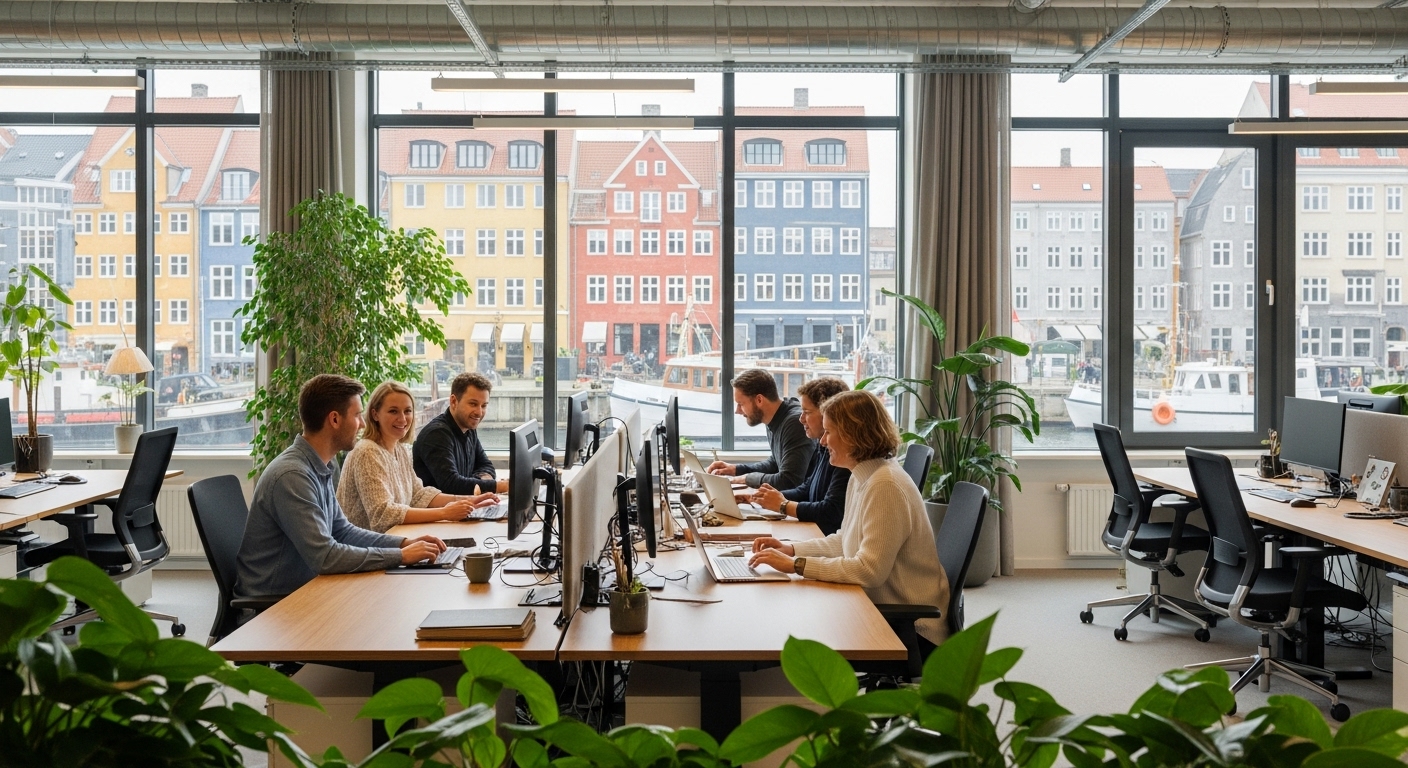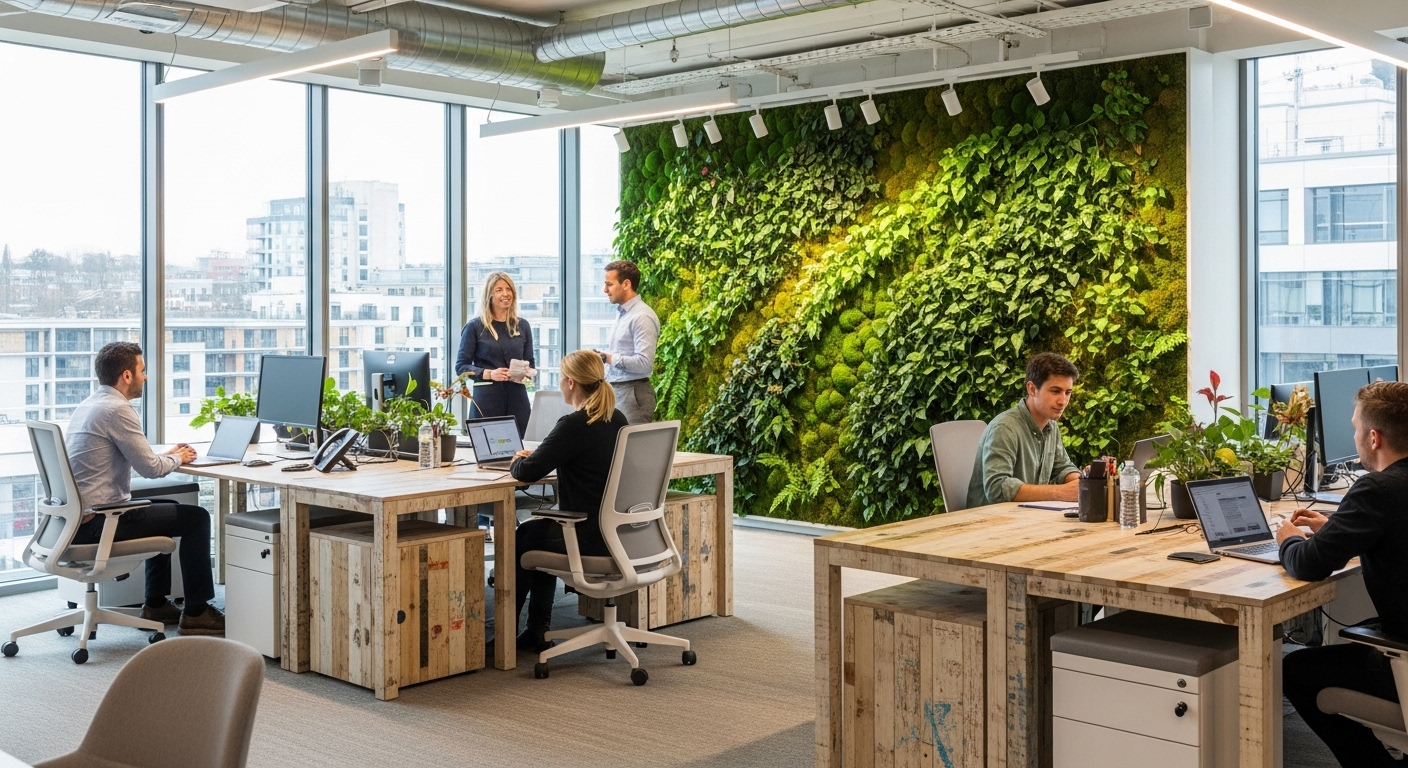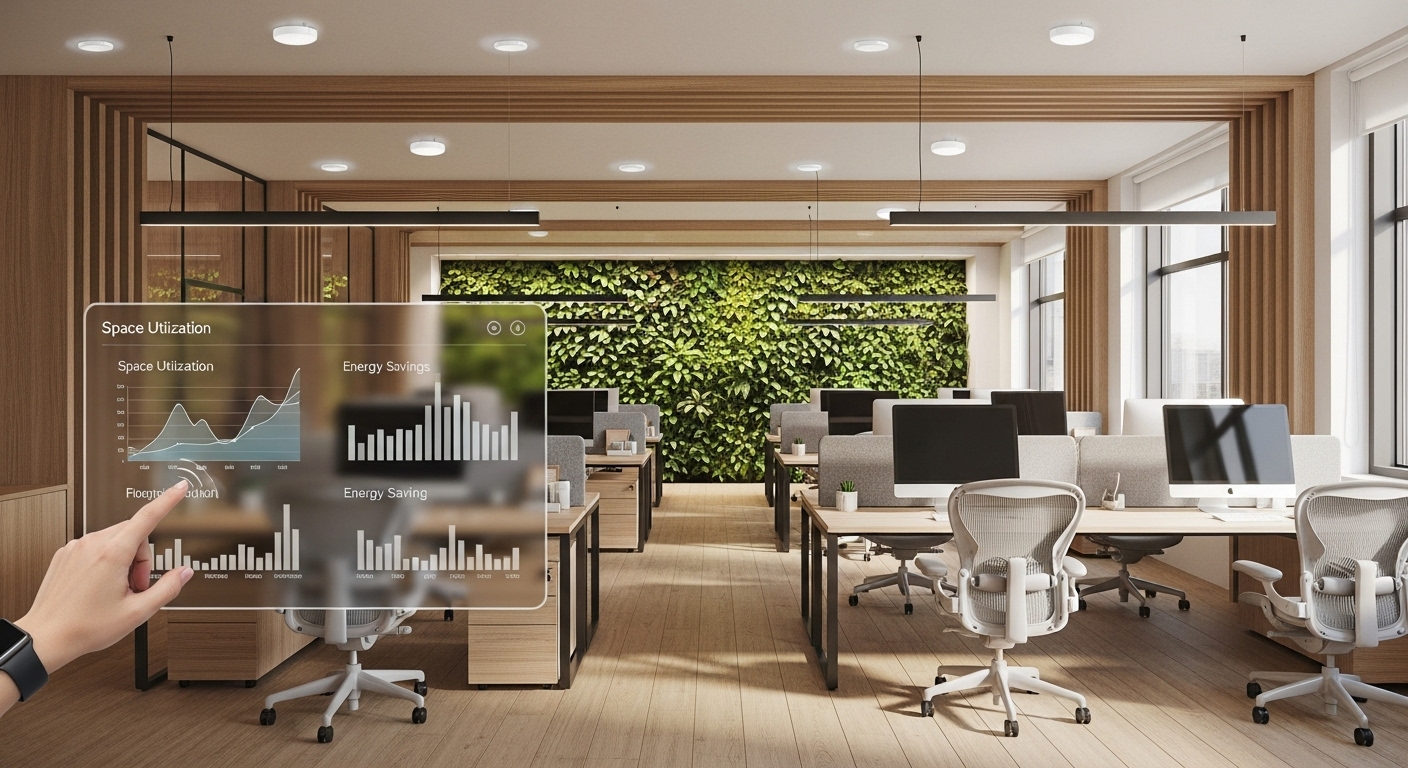The global conversation around the future of work often feels like a frantic search for a universal solution. Yet, while many are still debating the blueprints, some cities are already building the future. At the forefront of this movement is a city where design, well-being, and practicality are embedded in the cultural DNA. This city is pioneering a model of workplace innovation that champions not just productivity, but people. The Danish capital’s approach is a compelling case study in creating work environments that are not only efficient and technologically advanced but are also deeply human-centric, sustainable, and flexible. As businesses worldwide grapple with attracting and retaining talent, the trends emerging from Copenhagen offer a clear, actionable vision for a more balanced and purpose-driven professional life, setting a global benchmark for the new era of work.
The bedrock of balance: flexibility and trust
The foundation of Danish work culture, and a key driver of its innovative spirit, is a profound commitment to work-life balance. This isn’t a new-age perk but a long-standing principle encapsulated in the national “flexicurity” model, which marries a flexible labor market with robust social security. This system fosters a high degree of trust between employers and employees, creating fertile ground for autonomous and adaptable work structures. The recent global shift towards remote and hybrid models was less a revolution and more a natural evolution for Danish businesses. For instance, a recent survey at a major local insurance company found that an overwhelming 91% of its employees preferred a flexible work model, prompting the permanent adoption of a hybrid structure. This transition has been widely credited with boosting employee well-being, diminishing stress, and reducing sick leave, proving that granting employees autonomy over their schedules isn’t just a concession—it’s a strategic advantage that fuels resilience and engagement.
Well-being as a strategic imperative
Danish companies are moving beyond superficial wellness initiatives and are embedding employee well-being into their core operational strategy. The understanding is clear: a healthy, happy workforce is the engine of innovation and high performance. This holistic approach addresses not only physical health but also the critical aspects of mental, emotional, and social well-being. However, the need is more urgent than ever. A 2024 Nordic survey recently highlighted a concerning increase in negative stress among employees. In response, leading firms are doubling down on meaningful support systems. There’s a tangible shift towards proactive, action-driven initiatives such as subsidized mental health coaching, corporate resilience training, and creating genuinely inclusive work environments where psychological safety is paramount. The philosophy is simple yet powerful: taking care of your people is fundamental to taking care of your business, ensuring that the human element remains at the heart of professional progress.
Integrating sustainability into the workspace
With an ambitious goal to become the world’s first carbon-neutral capital, it is no surprise that sustainability is a defining feature of workplace innovation in the city. This commitment goes far beyond corporate social responsibility reports; it is physically built into the urban and commercial landscape. Green principles are woven into the very fabric of business operations and office design, reflecting a collective responsibility towards the environment. This is strikingly evident in the city’s architecture. Take, for example, Nordea’s Danish headquarters, a LEED Platinum certified building that uses intelligent facade panels to optimize energy and light, drastically cutting its consumption. This ethos proves that the future of work in Copenhagen is not just about employee satisfaction but also about ecological stewardship. Companies actively encourage sustainable commuting, supported by world-class cycling infrastructure, making the journey to work as green as the workplace itself.
The human-centric approach to technology
The rise of artificial intelligence and automation is reshaping industries globally, but the Danish approach is notably people-centric. The conversation is not about replacing humans but about augmenting their capabilities. The focus is on leveraging technology to enhance the employee experience, automate mundane tasks, and unlock new avenues for creativity and strategic thinking. A recent 2024 study on the Danish labor market revealed that while the adoption of generative AI tools is widespread, the immediate impact on employment has been minimal. It found that the time employees saved using AI was often reinvested into new, more complex tasks. This suggests a healthy period of adaptation, where technology serves as a tool for evolution rather than a threat of obsolescence. The goal is to create a symbiotic relationship where digital tools amplify human potential, leading to more meaningful and impactful work across all sectors.
Designing for productivity and collaboration
Danish design has always been synonymous with minimalism, functionality, and a deep appreciation for natural light and materials. This design philosophy is now being applied with renewed vigor to the modern workplace, creating environments that are engineered for both deep focus and dynamic collaboration. The post-pandemic office is being reimagined as a cultural hub—a destination for connection, brainstorming, and synergistic work that cannot be replicated through a screen. Office layouts are becoming more agile, featuring a mix of quiet zones for concentrated tasks, open-plan areas for collaborative projects, and comfortable social spaces that encourage informal interaction. The emphasis is on creating a diverse ecosystem of spaces that employees can choose from based on their task for the day, empowering them to curate their own optimal work environment and fostering a sense of community and shared purpose.
A culture of lifelong learning
In a rapidly changing economic landscape, the capacity for continuous learning is a critical asset. Workplace innovation in the Danish capital is increasingly tied to fostering a culture of lifelong learning and professional development. Companies are investing heavily in upskilling and reskilling their workforce to meet the demands of the future. This involves providing access to online courses, workshops, and mentorship programs that empower employees to grow within the organization. By promoting a growth mindset, businesses not only future-proof their operations but also increase employee retention and satisfaction. This commitment to continuous education ensures that the workforce in Copenhagen remains agile, knowledgeable, and ready to embrace the challenges and opportunities of tomorrow, solidifying the city’s position as a hub for top-tier global talent.
Conclusion
The journey into the future of work is complex, but the path being forged in the Danish capital offers a compelling and optimistic vision. It is a blueprint built on a foundation of trust, a strategic commitment to holistic well-being, and a seamless integration of sustainability and human-centric technology. The innovative workplaces in this city are more than just aesthetically pleasing offices; they are dynamic ecosystems designed to nurture talent, foster collaboration, and promote a healthy integration of work and life. The core lesson is that prioritizing the human experience is not at odds with business success—it is the very source of it. By focusing on flexibility, purpose, and continuous growth, these forward-thinking companies are demonstrating that a more sustainable, balanced, and fulfilling professional life is not a distant dream, but an achievable reality. As the world watches, this city stands as a living laboratory, proving that the most valuable innovation is the one that invests in its people.





